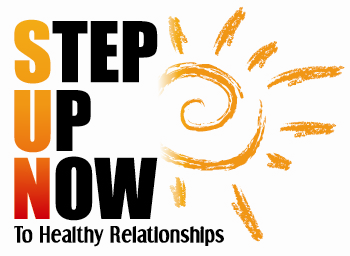1. Does it work? Teens are showing a willingness and desire to delay sexual activity. National trends (CDC) show that 52% (up from 46% fifteen years ago) of all high school teens have not had sexual intercourse and teen pregnancy is down 35% since the mid-nineties.
2. Is it a “just say no” message? We believe that teens are capable of making strong positive decisions for themselves. Our educators provide positive reinforcement and data driven information to help students focus on their optimal health and long term goals. This is paired with real-talk: what is the difference between infatuation and intimacy? What is peer pressure? Do you see your own self worth? When teens focus on their value and worth, they are motivated to avoid risky behaviors and pursue meaningful relationships.
3. Are teens left feeling ashamed and afraid? Absolutely not. Teens are equipped to make an empowered decision- no matter their past. They record feeling motivated, inspired, and equipped to pursue their dreams. We find that teens are especially receptive and feel comfortable asking questions.
4. What do you teach about contraception? The CDC states that abstinence is the only method that can 100% prevent STI/STDs. The presentation will also provide the data on the failure rate of the most common contraception methods as well as other side affects. Teens are encouraged to review facts and determine what is the safest way to avoid all negative consequences of sexual activity.
5. Do parents support abstinence education? Yes, according to a 2007 Zogby National Poll, 9 out of 10 parents want teens to be taught about contraception in a manner that is consistent with the approach of abstinence-centered education.
6. Is this a religious or moral message? This is a health and safety message. Overwhelmingly, medical research, including the CDC, indicates that teen sexual activity has a high potential to be destructive physically, mentally, emotionally and socially. Research indicates that teens are not physically or emotionally prepared for sexual activity. The presentation is data-driven and is appropriate for all walks of life and belief systems.
7. What about teens who have already had sexual intercourse? The abstinence message is one of hope. We encourage teens to see a medical professional if they have been sexually active. This is one reason that S.U.N partners with Pregnancy Help Centers that offer theses resources. Many teens believe that once they have had sex for the first time, it is hopeless to stop. We reassure teens that they have the control to make a decision every day to better their health.
8. We are already teaching our students about abstaining from drugs and alcohol. Why do we need to include abstaining from teen sexual activity? Studies show a strong inter-connectivity between the risk behaviors of teens (drugs, alcohol, tobacco, youth violence and teen sexual activity). For example, a sexually active high school student is 7X more likely to drink alcohol than a non-sexually active youth. The risk avoidance method is appropriate and necessary in all areas.
1. Trends in the Prevalence of Sexual Behaviors, National Youth Risk Behavior Survey: 1991-2007. CDC 2. Synopsis - National Birthrate for Teens, Aged 15-19. National Campaign to Prevent Teen Pregnancy 3. What do Parents Want?" Ed. Zogby International Poll: 2007. www.abstinenceworks.org 4. Dangerous Liaisons: Substance Abuse and Sex. The National Center on Substance Abuse and Addiction, Columbia University, December 1999. New York, NY

